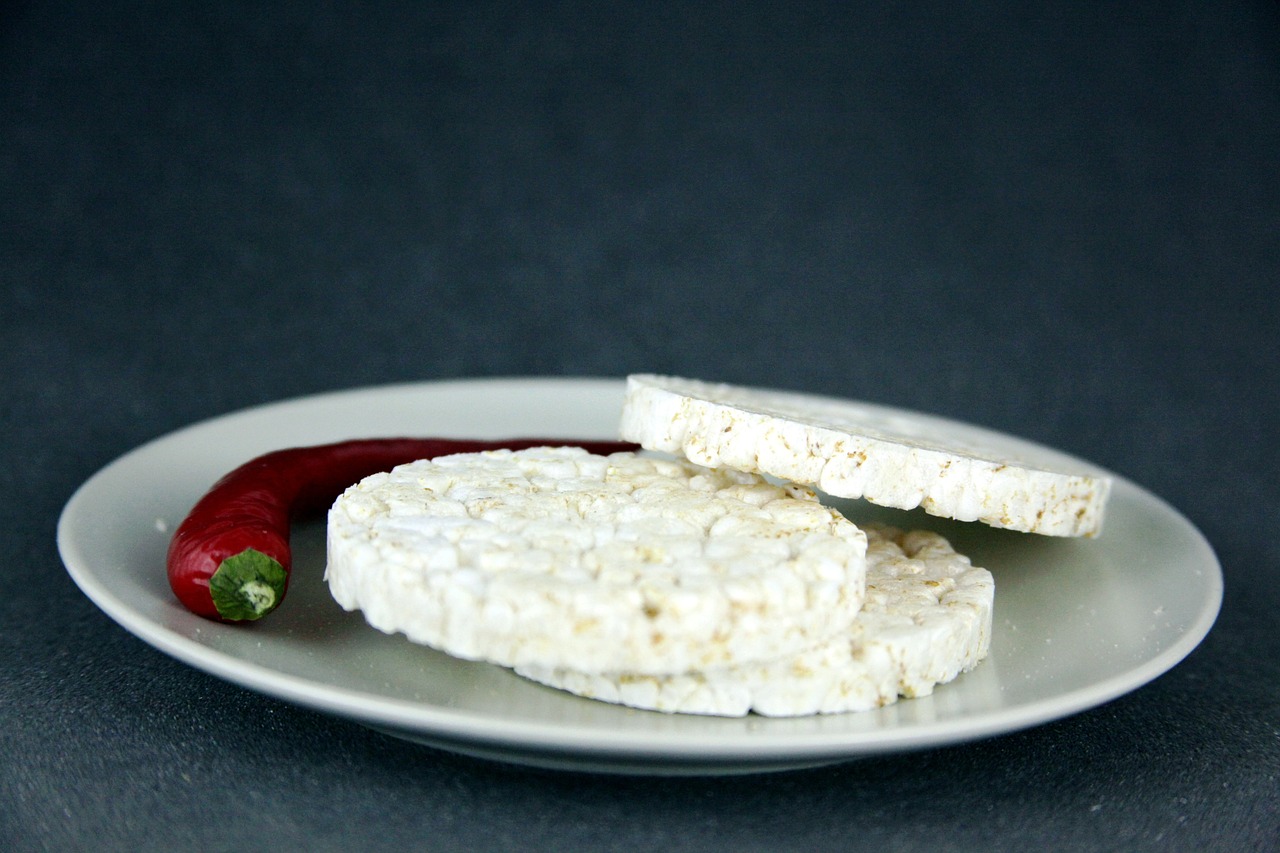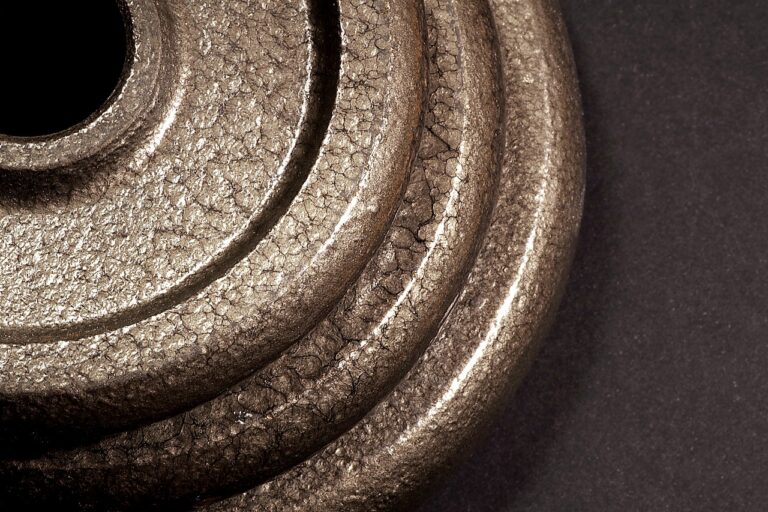Addressing Skin Care Needs in Hospice Care: 11xplay online, Indiabet24, Skyfairvip
11xplay online, indiabet24, skyfairvip: As individuals near the end of their lives, skin care becomes a crucial aspect of their overall comfort and well-being. Hospice care providers play a vital role in addressing skin care needs to ensure that patients are in optimal health and comfort during this challenging time. Here are some essential considerations for addressing skin care needs in hospice care.
Assessment of Skin Conditions
One of the first steps in addressing skin care needs in hospice care is conducting a thorough assessment of the patient’s skin conditions. This includes examining for any signs of pressure ulcers, skin tears, dryness, or inflammation. By identifying potential issues early on, caregivers can take proactive measures to prevent further complications.
Proper Hydration
Maintaining proper hydration is essential for overall skin health. Dehydrated skin is more prone to developing issues such as dryness, itching, and cracking. Hospice care providers should encourage patients to drink an adequate amount of water throughout the day to keep their skin hydrated and healthy.
Use of Moisturizers
Moisturizing the skin is another critical aspect of skin care in hospice care. Applying gentle, hydrating moisturizers can help prevent dryness and irritation, especially for patients who may be bedridden or have limited mobility. Caregivers should choose products that are fragrance-free and gentle on sensitive skin.
Prevention of Pressure Ulcers
One common skin issue in hospice care is the development of pressure ulcers, also known as bedsores. These painful sores can develop when patients remain in one position for an extended period, leading to decreased blood flow and tissue damage. Caregivers should regularly reposition patients, provide cushioning support, and keep the skin clean and dry to prevent pressure ulcers from forming.
Gentle Cleansing
Proper cleansing is essential for maintaining healthy skin in hospice care. Caregivers should use gentle, non-irritating cleansers to avoid stripping the skin of its natural oils. Regular cleansing can help prevent infections and promote overall skin health for patients in hospice care.
Managing Skin Irritations
Patients in hospice care may experience skin irritations due to a variety of factors, such as incontinence, medical treatments, or medication side effects. Caregivers should be vigilant in monitoring any signs of skin irritation and take appropriate measures to address them promptly. This may include using protective barriers, changing bedding regularly, or adjusting medications as needed.
FAQs
Q: Can hospice patients with sensitive skin use moisturizers?
A: Yes, hospice patients with sensitive skin can use moisturizers that are gentle and fragrance-free to help keep their skin hydrated and healthy.
Q: How often should hospice care providers assess the skin of their patients?
A: It is recommended that hospice care providers assess the skin of their patients regularly, at least once a day, to monitor for any changes or potential issues.
Q: What are some signs that a hospice patient may be developing a pressure ulcer?
A: Some signs that a hospice patient may be developing a pressure ulcer include redness, warmth, swelling, or pain in a specific area of the skin. Caregivers should be alert to these signs and take prompt action to prevent further complications.
Q: How can hospice care providers help manage skin dryness in their patients?
A: Hospice care providers can help manage skin dryness in their patients by encouraging proper hydration, using moisturizers, and avoiding harsh soaps or hot water during cleansing routines. Regular assessment and proactive measures can help prevent dry skin and related issues in hospice care patients.







